In today’s digital world, cyber threats move faster than ever before. Hackers and other malicious actors are always coming up with new ways to compromise data security, and threats are constantly evolving. In fact, according to one recent survey, companies are experiencing 31% more cyberattacks than previously—with that number increasing year after year.
With the cybersecurity vertical shifting rapidly, CMOs are always looking for ways to stay one step ahead and bolster their brand. That means keeping your website fresh—and making sure your customers know how hard you’re working to keep them safe. From a B2B brand perspective, here are the five key trends we see shaping the cybersecurity space in 2024.
1. Returning to a More Human-Centric Approach
In recent years, the emphasis on technology as a cybersecurity differentiator has led to a colder, less human feel in the realm of digital experiences. But that’s changing. Now, we’re seeing cybersecurity companies focus more on what they can do for people—with an emphasis on user education, awareness, and behavior-based security solutions. This is important because people are both the weakest link in any enterprise cybersecurity strategy and the first line of defense.
By pulling back from talking about tools and technology to instead consider the customers and employees who are using them, cybersecurity content and writing naturally feel more human. Global cybersecurity leader Kaspersky is a great example of bringing the “human factor” to the forefront.
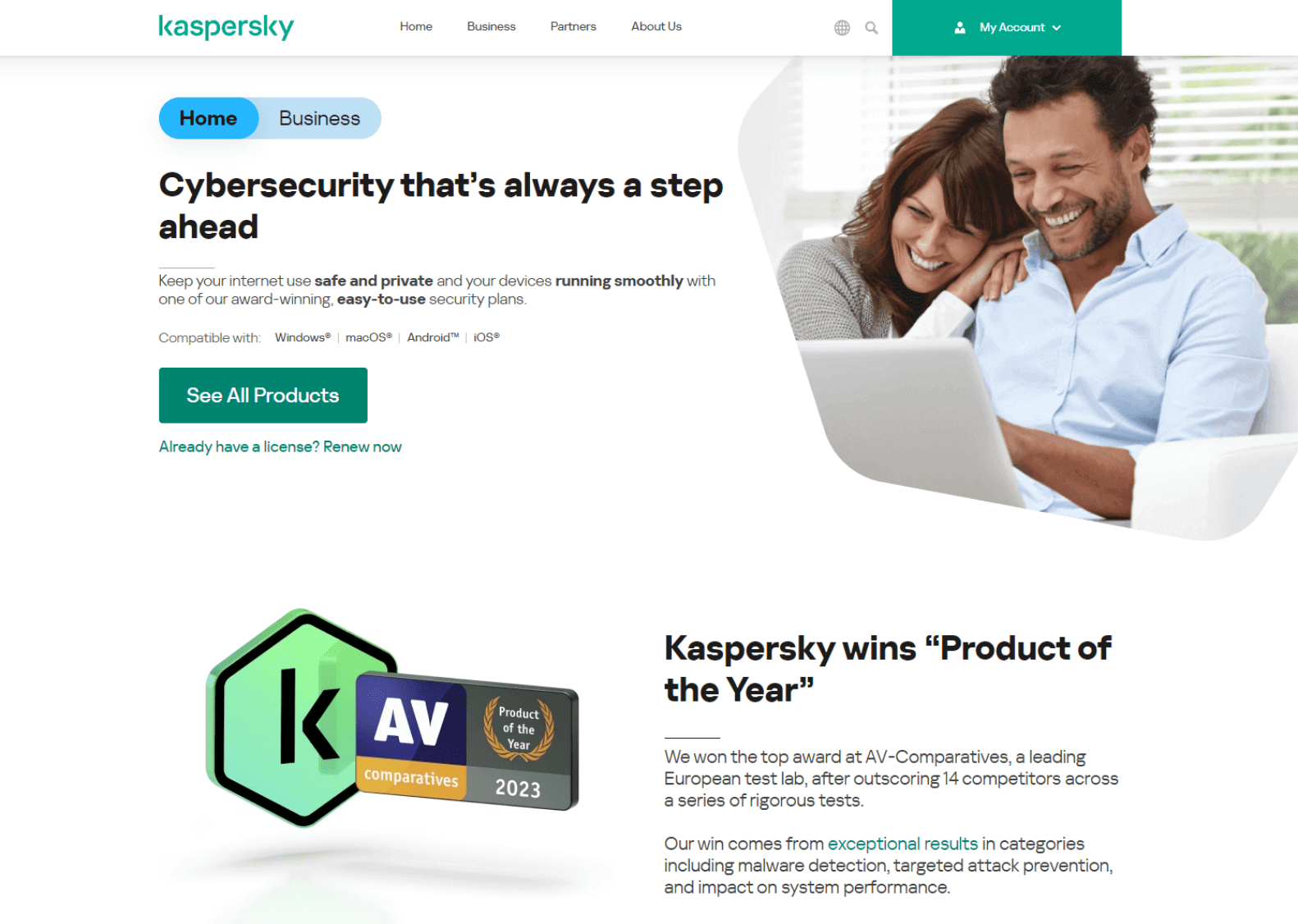
2. Increased Emphasis on Digital Brand User Experience (UX)
With the B2B cybersecurity space becoming more and more crowded, brands are realizing it’s no longer enough to simply showcase their products. To stand out from the competition, you have to craft a superior digital brand experience. That means putting more thought into who your target personas are and what they want to accomplish and creating specific user journeys and flows to help them get there quickly and easily—from decision-makers and influencers to everyday users.
This is also part of the broader shift away from a more product- and solution-centric view, with the emphasis instead being on the people using your solutions. Commvault does an excellent job of combining clear messaging with intentional user journeys to create a standout digital brand experience.
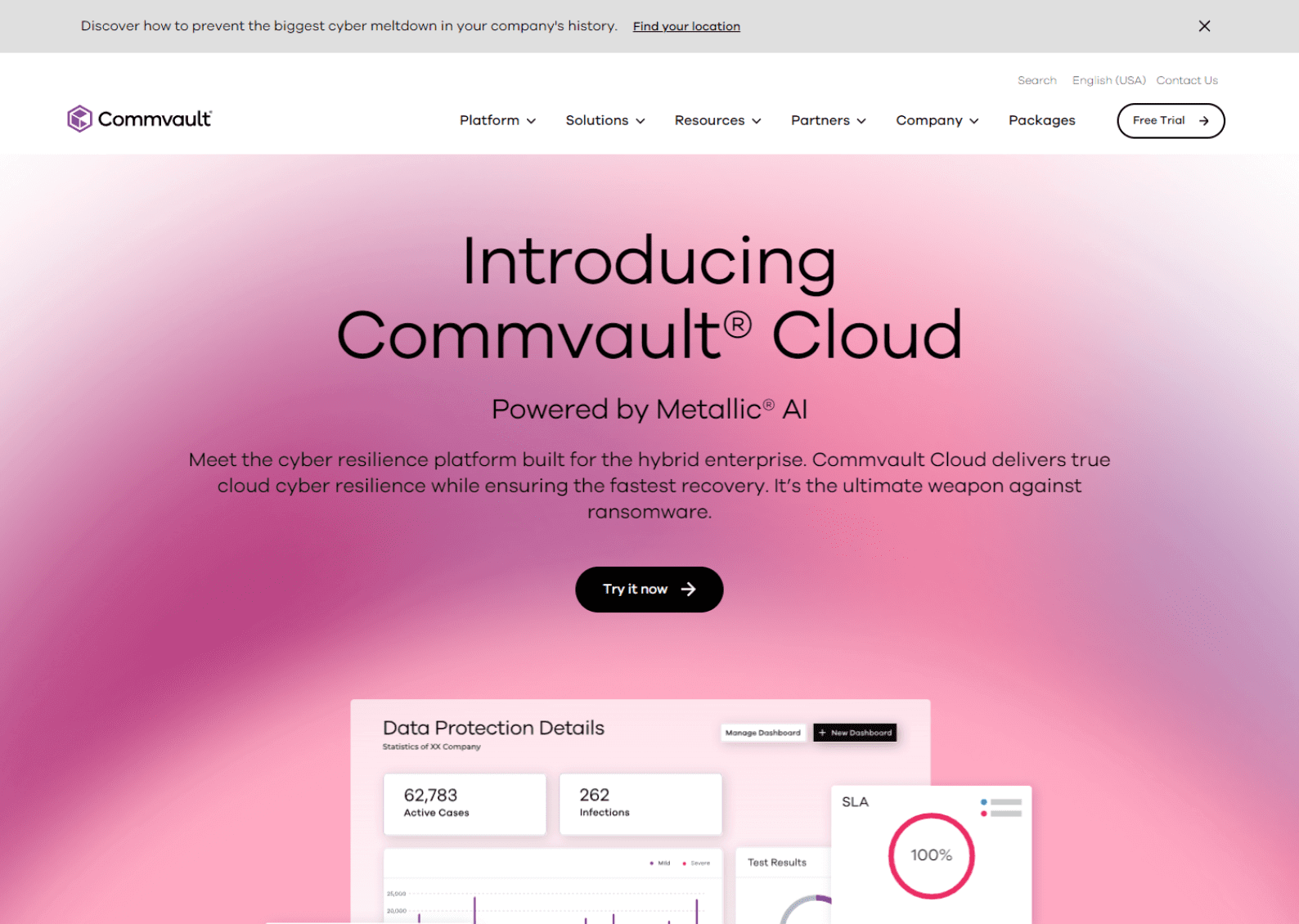
3. AI and Machine Learning Integration
In 2024, if AI and machine learning (ML) aren’t part of your cybersecurity solution, you’re behind the market—and probably out of the game. Not only will your technology seem outdated, it won’t move at the speed and scale that’s needed in today’s cybersecurity landscape. According to IBM, organizations that have a fully deployed AI and automation program are able to identify and contain breaches 28 days faster than those without.
But it’s not just about having these technologies. It’s about using them in a way that makes your products truly stand out and making that a meaningful part of your brand messaging. Crowdstrike does a good job of infusing AI and ML into both the product and brand story rather than just giving it lip service.
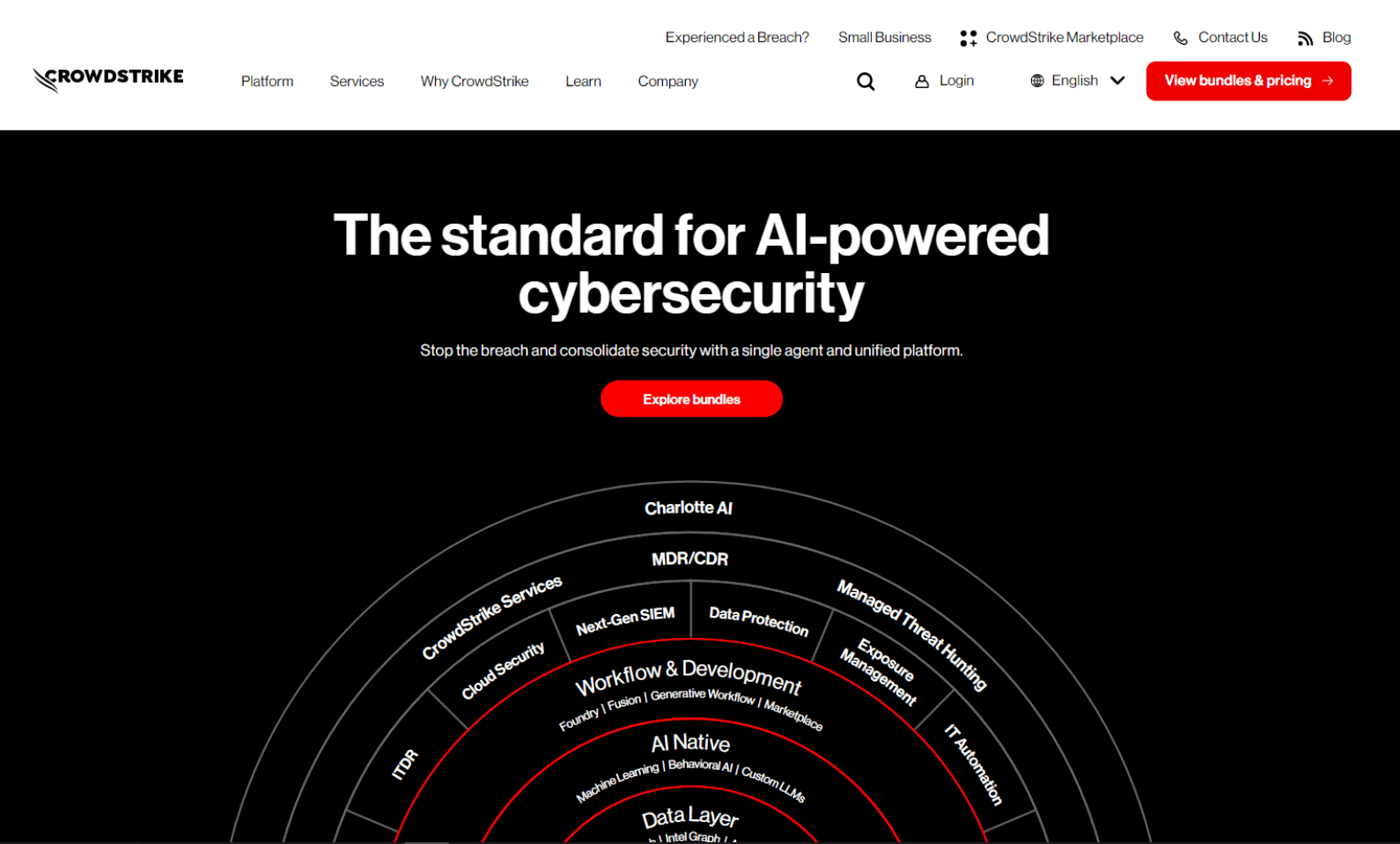
4. Integrated Security Platform Diagrams
To stay ahead of fast-moving and changing cyber threats, businesses are moving away from traditional standalone security products in favor of integrated security platforms that offer comprehensive protection across multiple attack vectors. It’s a natural progression for cybersecurity companies. From a B2B brand perspective, we see this brought forward with infographics and diagrams that often spotlight features such as threat intelligence, network security, endpoint security, and identity and access management (IAM). The diagram on SentinelOne’s site is a good example.
Moving away from product-based messaging also impacts site navigation, with the shift to platform-based messaging driving content, impacting how you message and how you go to market. We’re seeing many B2B clients use similar visuals to deepen engagement on their websites from both a brand and experience perspective.
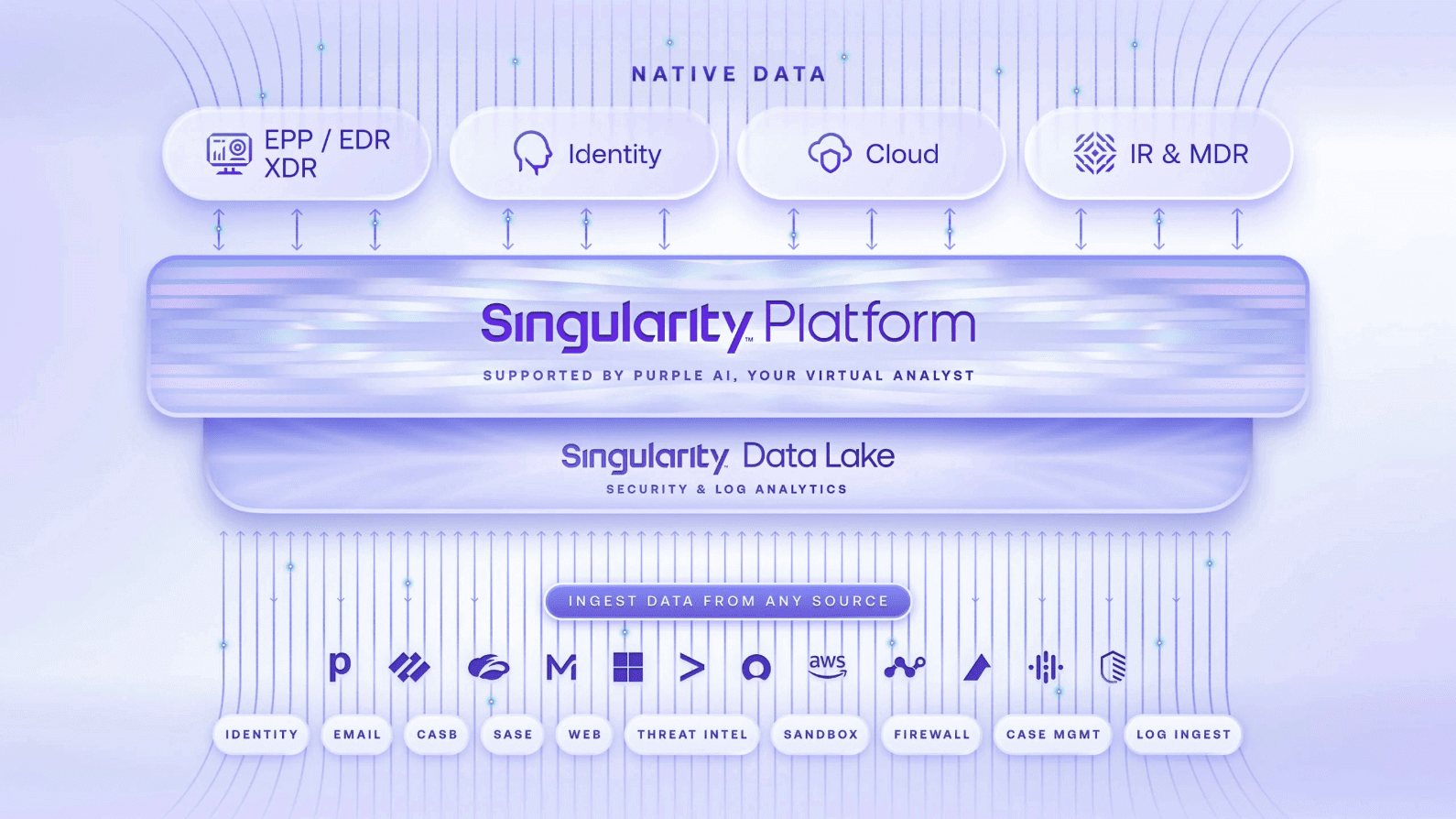
5. Cybersecurity Awareness Campaigns
There’s been a recent resurgence in cybersecurity brands engaging in public awareness campaigns aimed at educating users about emerging threats, best practices for cybersecurity hygiene, and the importance of proactive security measures. This may be partly due to the return of the big trade shows following a pandemic-driven lull. From a B2B brand standpoint, it’s all about creating more content and increasing your digital presence. We’re talking banner ads, social media campaigns, blog posts (like this one from Microsoft), and so on. Anywhere you can get your message out there creates buzz around your brand and helps to drive engagement.
Before you launch a campaign this year, remember to focus on the people you’re helping—not the products you’re selling. If there’s a cybersecurity theme for 2024, it’s putting people back at the center of the story. Keep that in mind when executing any awareness campaign, and you’ll create more meaningful connections that elevate your brand reputation.
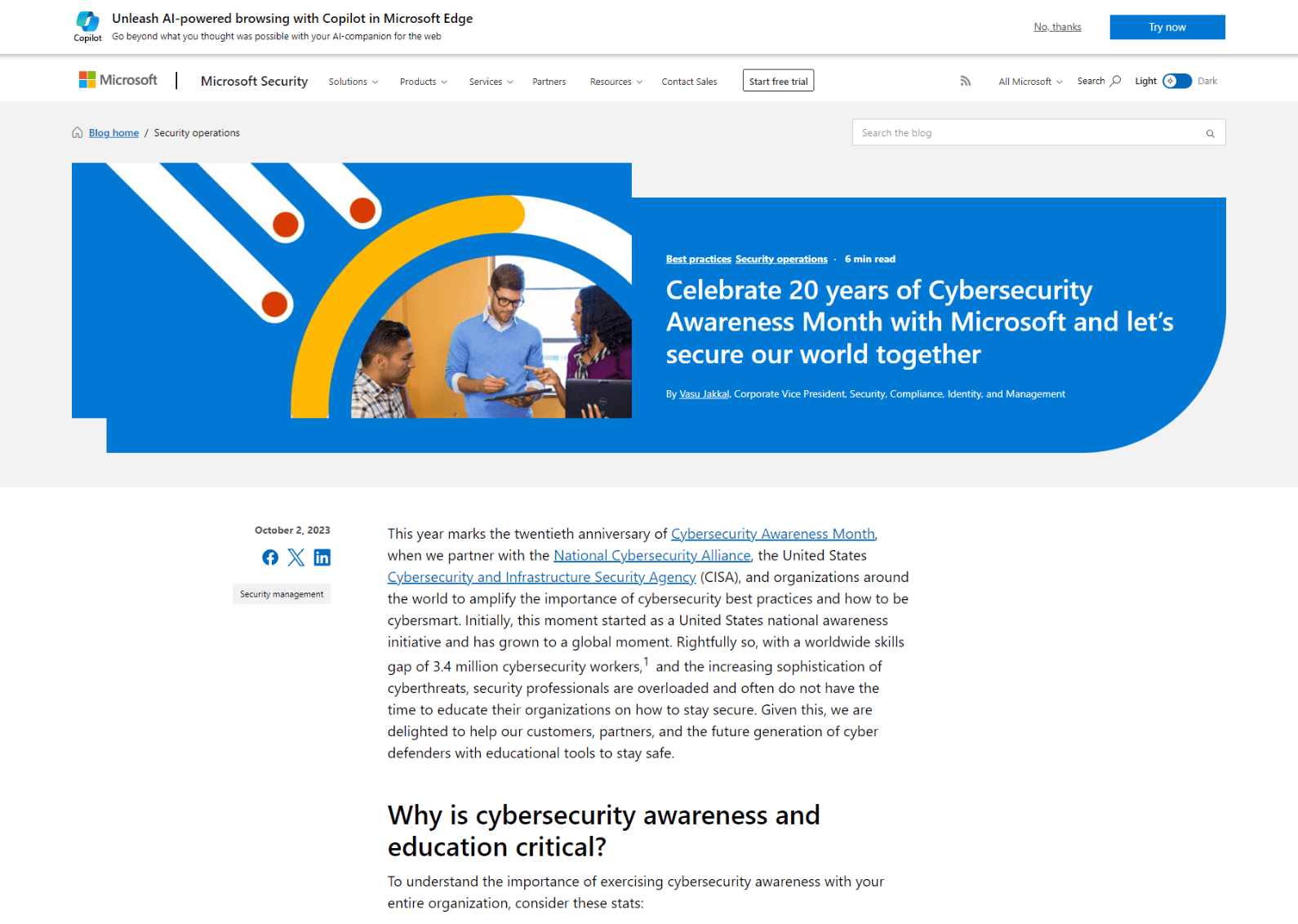
Is Your Site on Trend?
Aligning your B2B brand website and messaging to current cybersecurity trends is critical to standing out in a saturated market. By shifting away from product-based messaging and adopting a human-centric approach, you can ensure your message lands, your customers stay engaged, and your site drives performance.
If your website feels out of touch with cybersecurity trends, let us show you how Clear Digital can help you create a website that delivers the performance your brand demands.






